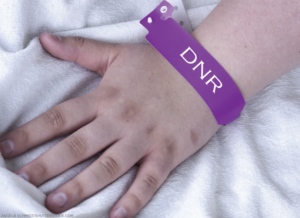 My long-standing patient with CRST syndrome (i.e., calcinosis cutis, Raynaud’s phenomenon, sclerodactyly and telangiectasia) had been losing ground over the past 18 months. BL was 54 and had developed restrictive pulmonary disease without radiographic pulmonary infiltrates. Her mean right heart pressures were moderately elevated by ultrasonography.
My long-standing patient with CRST syndrome (i.e., calcinosis cutis, Raynaud’s phenomenon, sclerodactyly and telangiectasia) had been losing ground over the past 18 months. BL was 54 and had developed restrictive pulmonary disease without radiographic pulmonary infiltrates. Her mean right heart pressures were moderately elevated by ultrasonography.
But the greatest impact on her quality of life and prognosis stemmed from her gut function. BL had swallowing difficulties, along with severely impaired peristalsis throughout the gastrointestinal tract, from the pharynx and esophagus to the large bowel. She had been losing weight, and we had talked about a feeding tube, although that wouldn’t help her small bowel hypomotility. Her natural upbeat and exuberant nature had diminished, although she was still capable of genuine smiles during her office visits.
Her loving and supportive husband and daughter would always accompany her to the clinic. I had followed her now for approximately eight years, seeing her five or six times a year. I believed that I knew and understood her and that she and her family knew me. I liked and admired BL. (Yes, we are human, and it follows that we do not develop the same quality of human interactions with each and every human being we see and treat. Is it possible that these positive emotions could affect what we would soon experience together? Should knowing a patient well determine the correctness of any medical approach? More on this later.)
In the past several months, we had had frank discussions about her wishes for end of life. She recognized there were no readily available or easy solutions to the devastating disease that was affecting so many different organ systems. Recovery was highly unlikely, and she knew it. BL told me, in the presence of her family, that she would not want to be on a respirator with a feeding tube. If faced with intubation, she would not wish to have this heroic procedure performed. We agreed that her medical chart would have a do not resuscitate (DNR) order on file with a do not intubate designation.
Crisis
Within a year of this conversation, I was called at my office in an adjoining building by a house officer who informed me that BL, who had been hospitalized for further gastrointestinal studies, was experiencing what appeared to be a terminal event.
I immediately raced to her hospital room. I found a patient gasping for air while pointing to her throat. Her distraught husband and daughter were at the bedside. They looked at me imploringly. Was this the end? Was she going to die like this?

